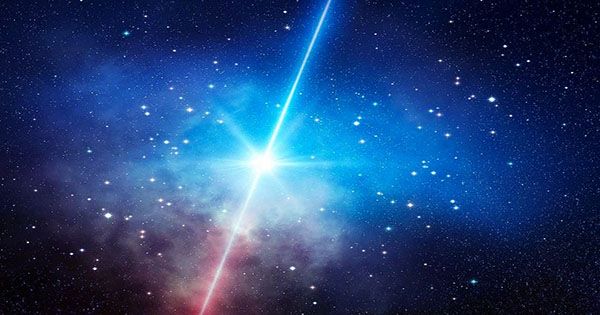A stunning meteor shower that has been lighting up the skies for the past two months will reach its climax on Saturday.
The Orionid show began on October 2 and will continue until November 7.
Storm Babet’s stormy weather will likely obscure views in the UK, but lucky skygazers elsewhere on the planet may catch a glimpse of the streaks of light.
The shower was caused by comet debris from Halley’s comet, one of the most renowned in history.
As the comet orbits the Sun, tiny fragments fall to the ground, leaving a trail of dust and ice debris.
The debris enters the Earth’s atmosphere at about 41 miles (66 kilometers) per second, burning up due to friction with the air and generating light streaks.

The comet only visits Earth every 75-76 years, with the next sighting not until 2061, however, the meteor shower occurs every year.
“If you missed the “once-in-a-lifetime event” of Halley’s Comet, don’t worry, this annual Orionid meteor shower offers a unique opportunity providing some compensation,” says Dr. Minjae Kim, a physicist at the University of Warwick.
Meteor showers are called for the star constellation that appears to be the source of the meteors. The Orionid shower comes from the constellation Orion.
The best way to view the Orionid meteor shower: Saturday, October 21, between midnight and morning, will be ideal. It is visible from both the northern and southern hemispheres, but visibility is best in clear sky.
The shower is visible to the naked eye; you simply need to wait until your eyes acclimate to the darkness.
Find the darkest outdoor spot around you, with as little light as possible from streetlights and houses.
Meteors can be visible across the sky, so choose a large open location where you can search the skies with your eyes.
There is no set time when they will cross the sky, so it may be a waiting game; bring a drink and food with you.
If you can’t view the display this weekend, you can still see it in its’maximum’ phase until about October 28.















